

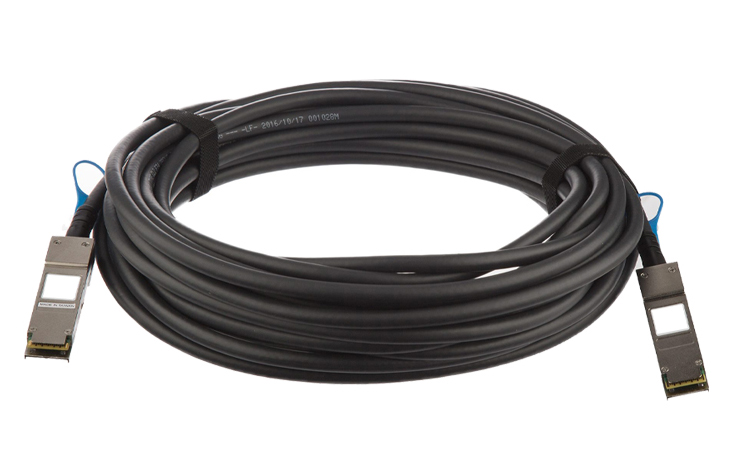
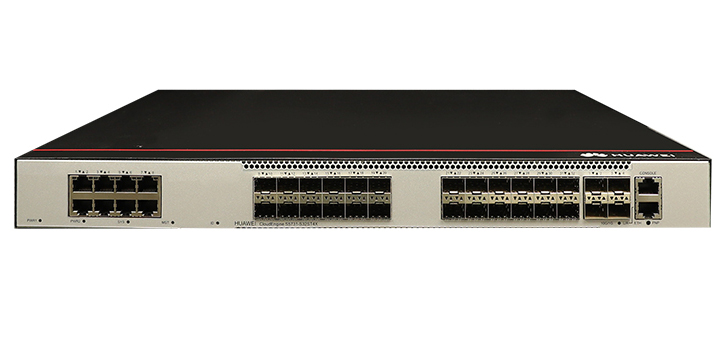
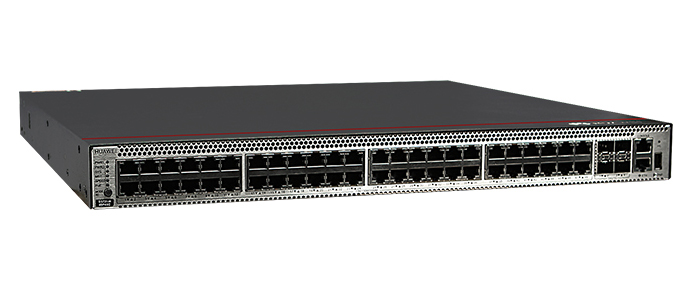
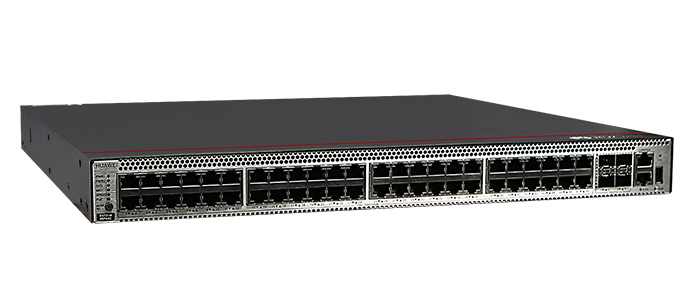
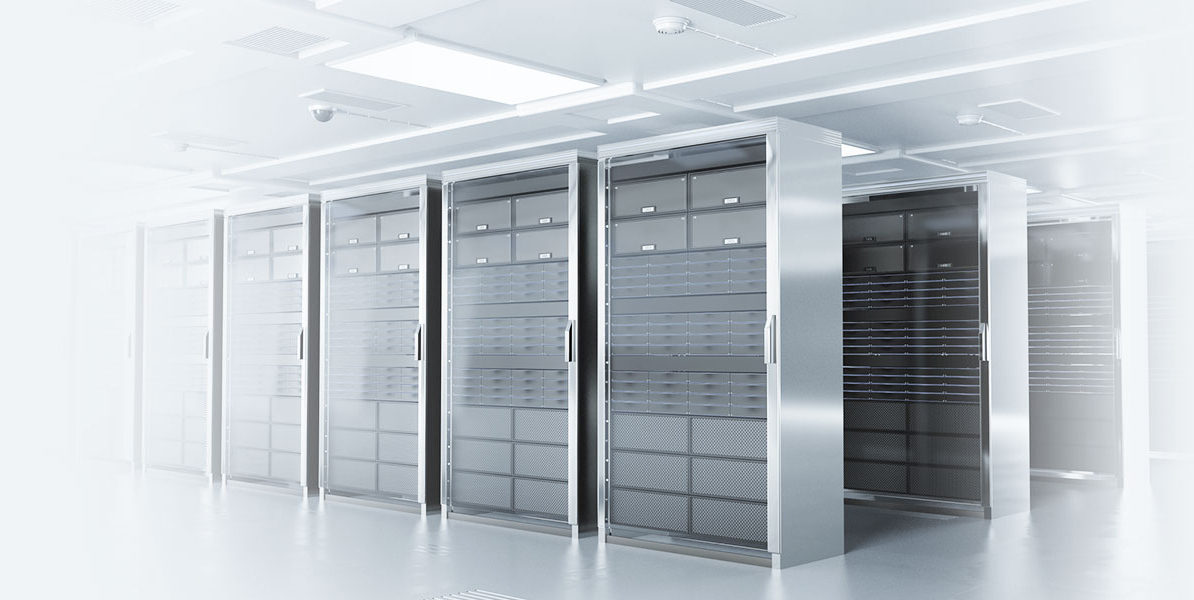
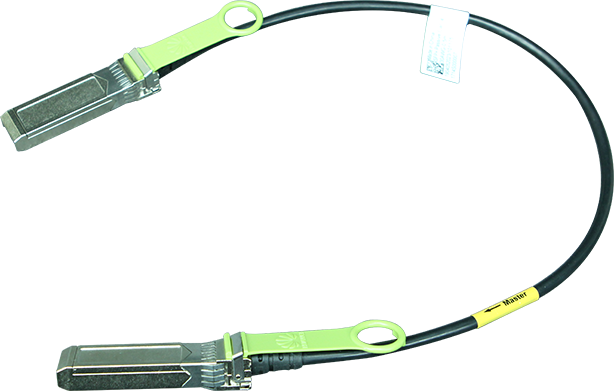
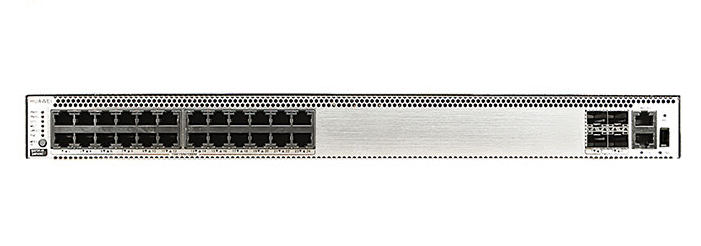
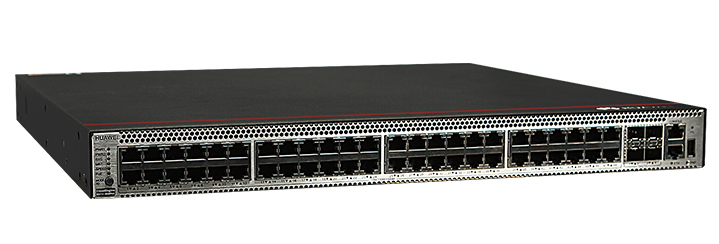
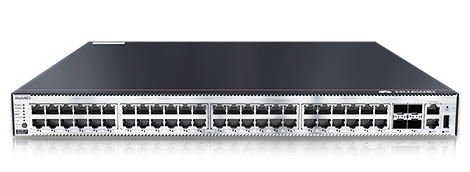
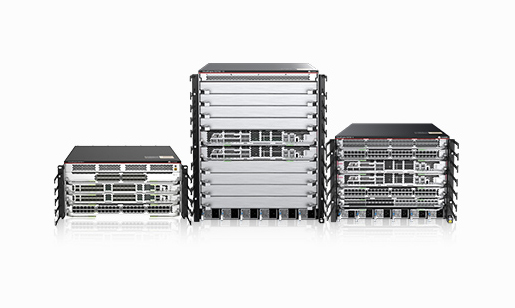
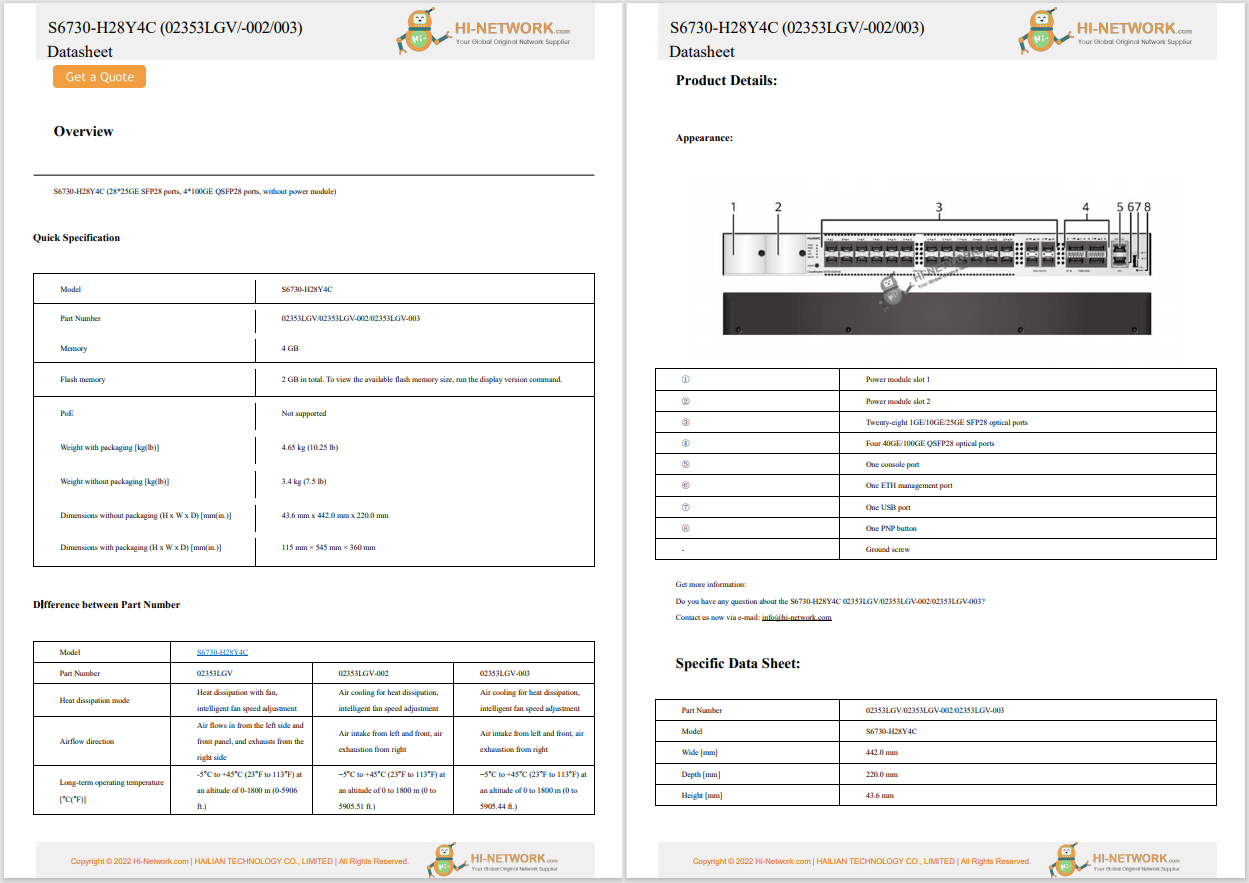

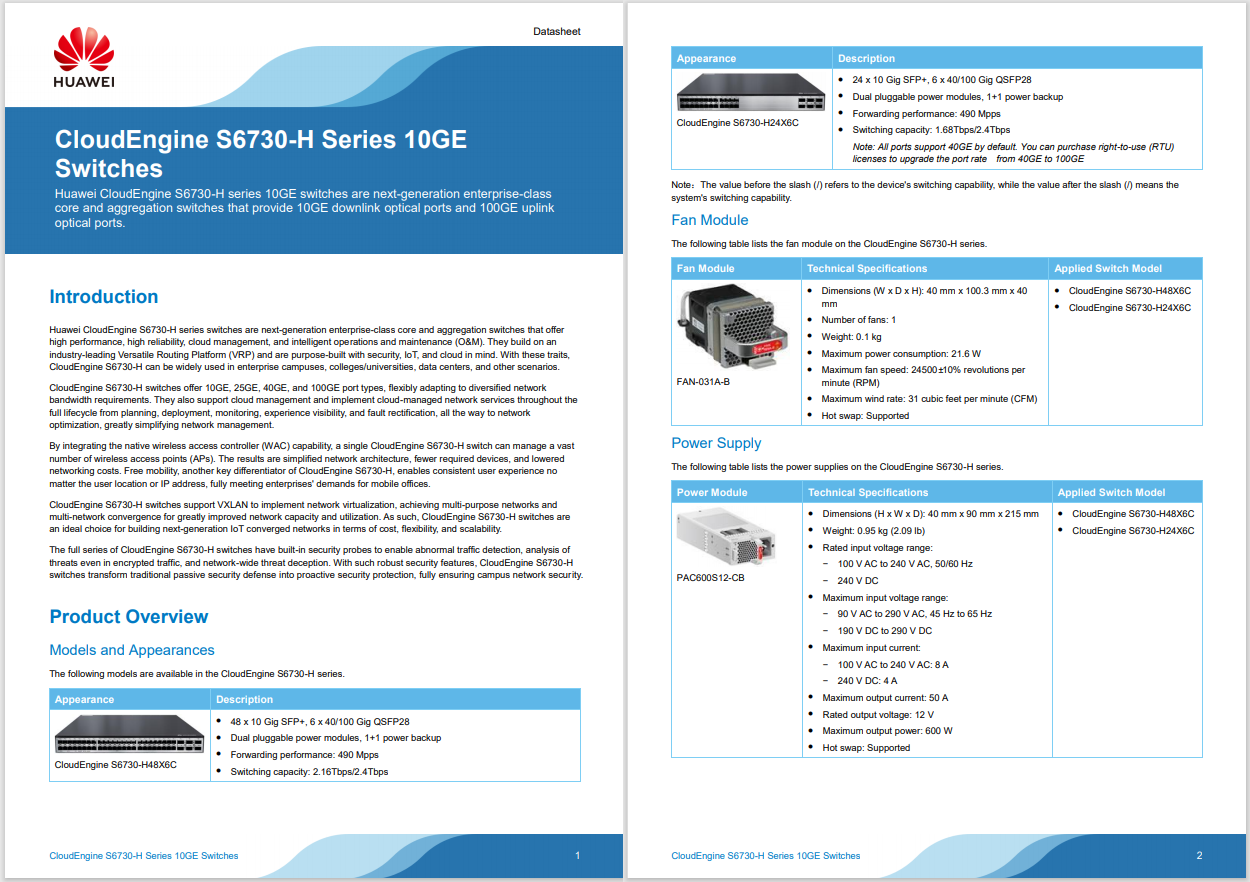
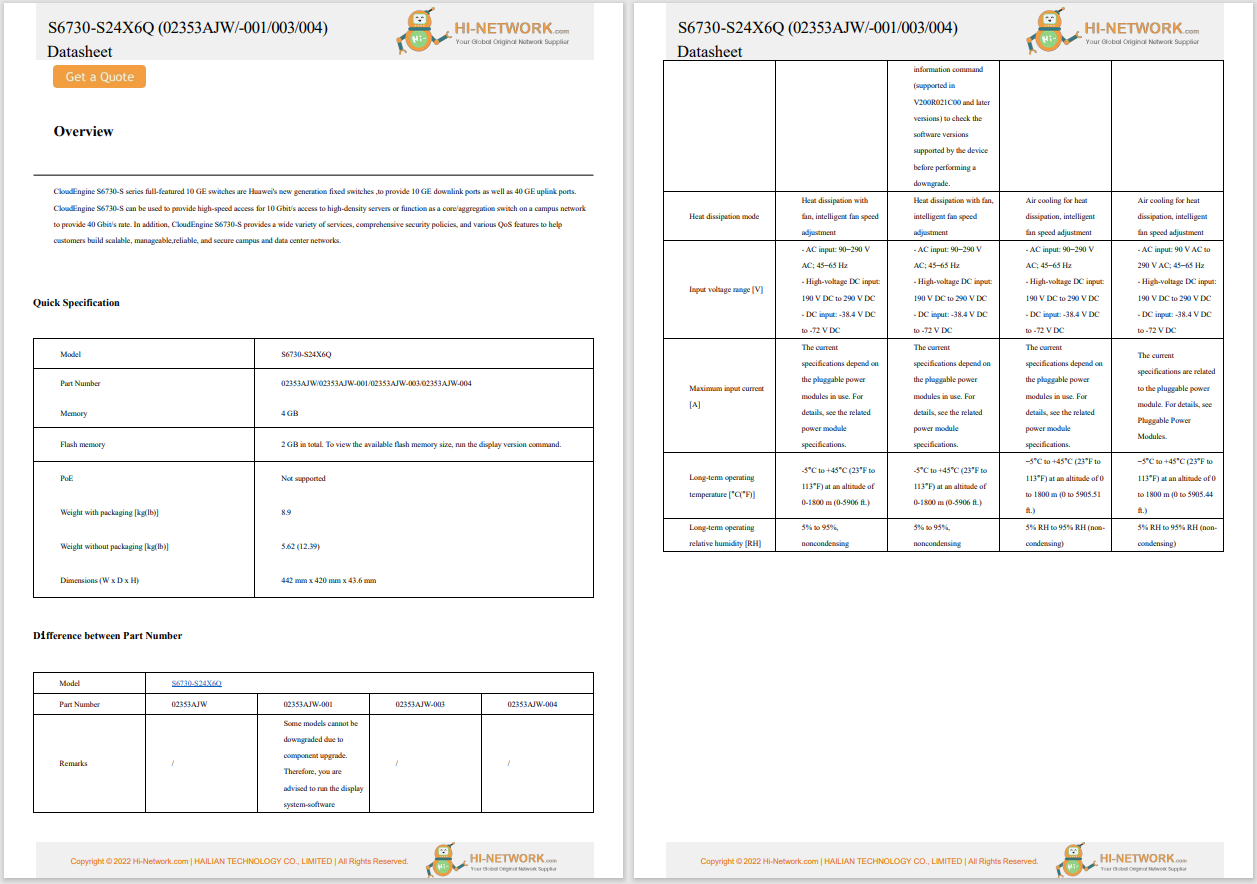

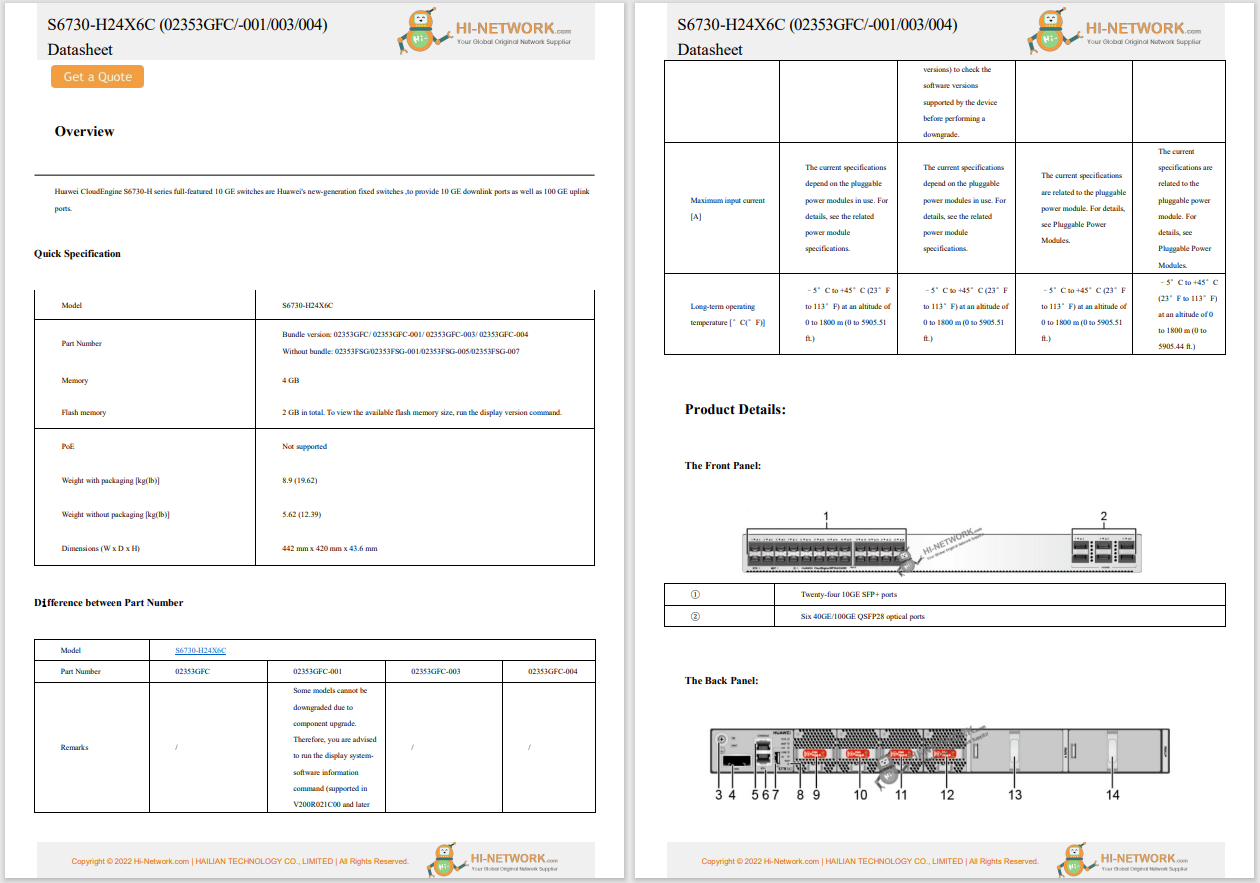
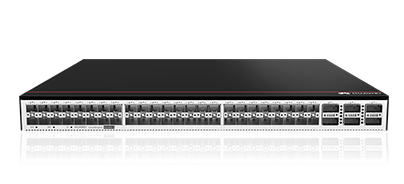
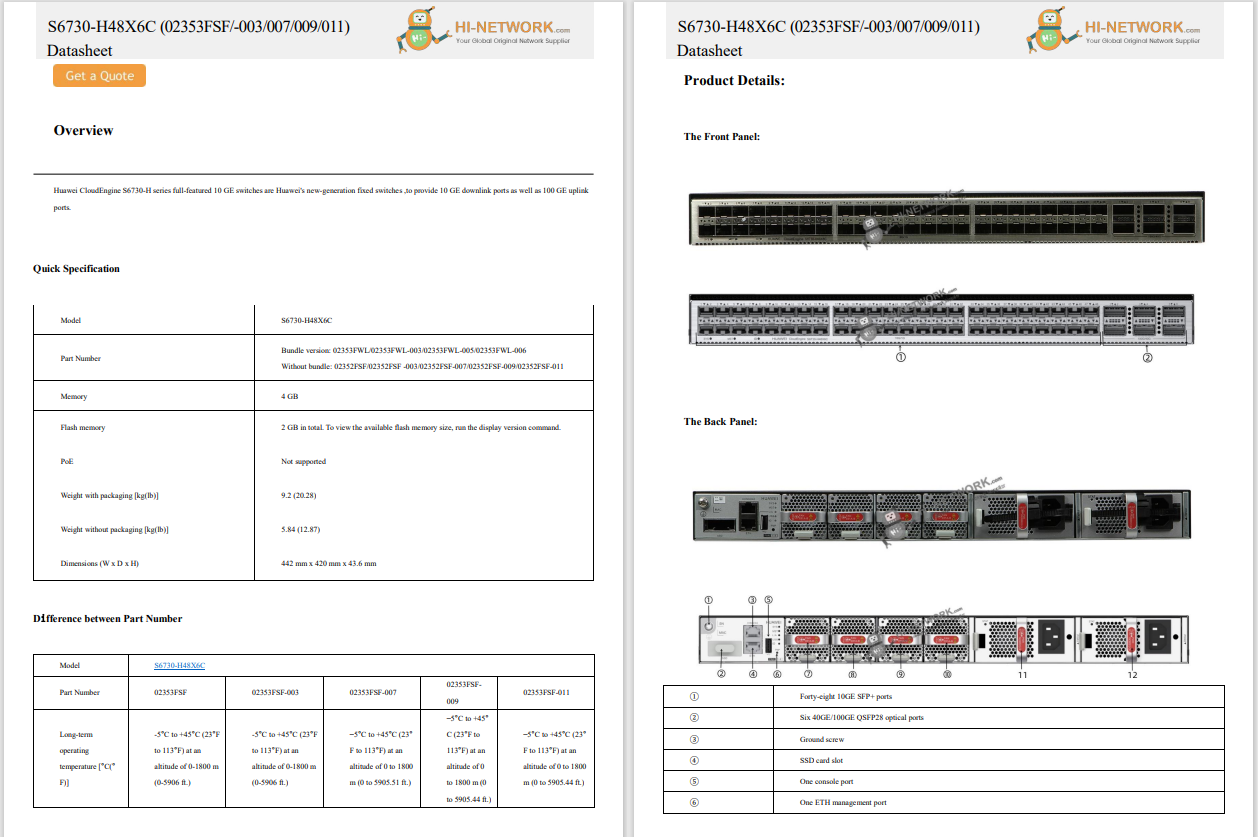
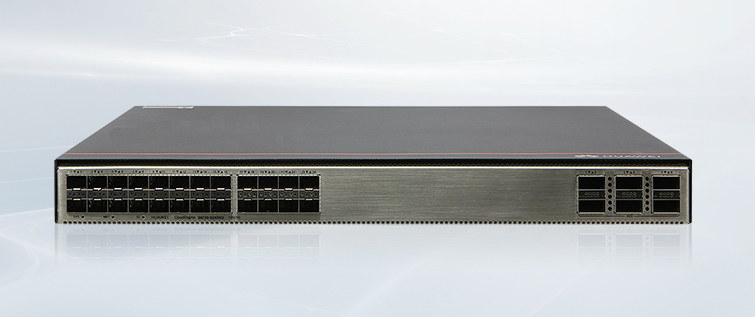


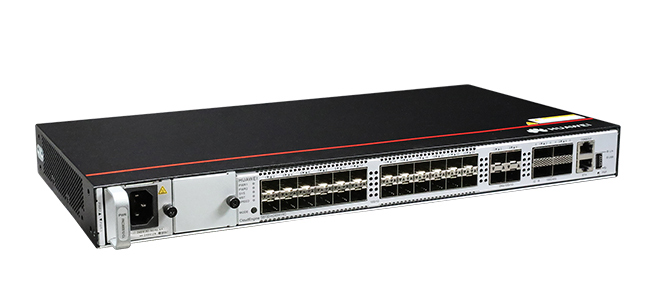
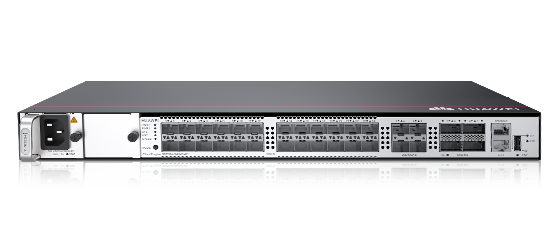
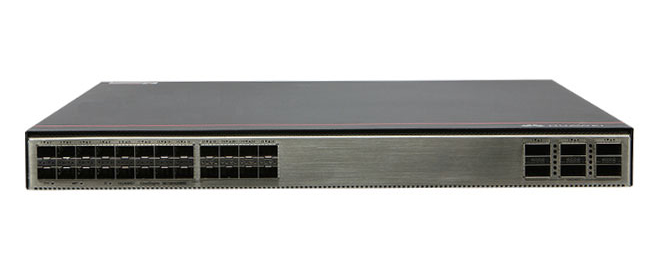


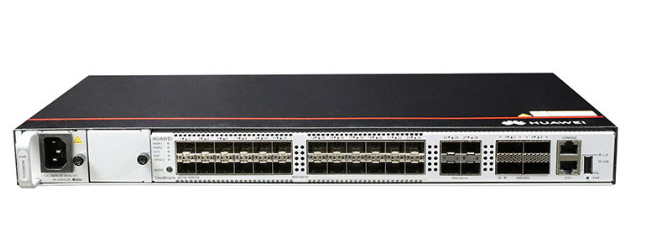
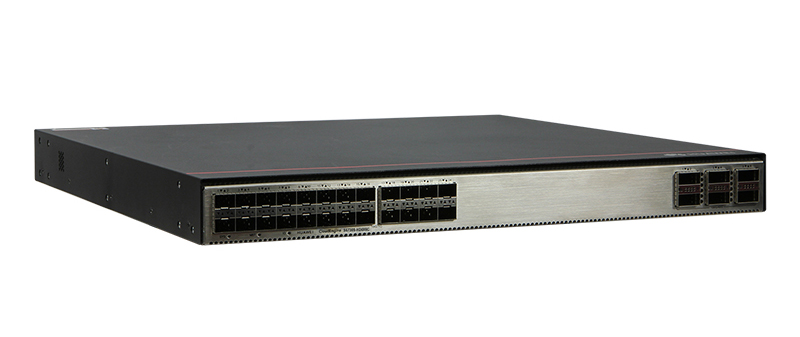
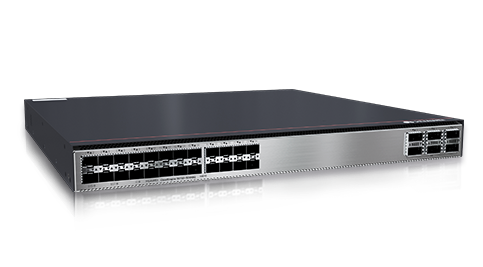
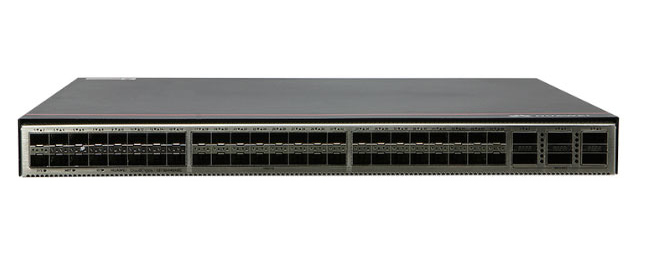
Cloud environments are dynamic by nature; they frequently change and update configurations. Unless these changes are carefully tracked, they could lead to configuration drift, a situation in which the runtime state of a resource deviates from its intended baseline configuration. Configuration drift can have severe consequences, potentially introducing security vulnerabilities, degrading system performance, and violating compliance requirements.
Manual configuration drift management in large, multi-cloud environments is inefficient and prone to human error. AI helps to offer a more intelligent, automated, and scalable solution for the detection of drift and hence lets an organization take preventive measures against such challenges.
Configuration drift happens when resources are updated directly, bypassing the IaC templates that should act as the canonical baseline for the cloud environment. This often results in critical settings, such as security configurations, access controls, and other essential options, drifting away from the defined baseline. Moreover, teams can easily update cloud configurations without centralized control, increasing the likelihood of inconsistencies and vulnerabilities within the infrastructure.
For instance, an S3 bucket set to block public access may be changed to public during an update. If not detected, such deviations can cause data breaches or non-compliance with specific regulations.
AI-driven drift detection uses machine learning techniques to monitor and analyze cloud configurations in real-time. It collects baseline configurations from IaC templates and runtime configurations from monitoring tools like AWS Config, then processes the data through cleansing and feature engineering to emphasize critical attributes such as encryption, access rules, and instance types.
The artificial intelligence models are trained on historical and synthetic data to classify configurations into compliant ones and those showing drifts, allowing proactive identification of potential issues. When drifts are detected, actionable insights are generated, empowering teams to remediate deviations before they become security vulnerabilities or compliance failures. This approach provides a scalable, effective, and accurate solution to configuration drift challenges in dynamic cloud environments.
AI offers several advantages over traditional drift detection methods:
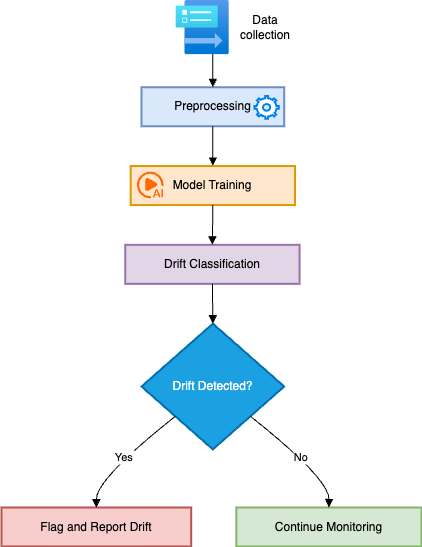
While the current focus is on detecting configuration drifts, future advancements in this framework could include:
Artificial Intelligence is set to revolutionize how organizations manage their cloud environment by addressing one of the most persistent issues: configuration drift. Automation of drift detection through AI reinforces security and compliance while enhancing operational efficiency. As technology matures, its potential to drive fully self-healing cloud environments will make it a must-have tool for modern cloud management.
We'd love to hear what you think. Ask a Question, Comment Below, and Stay Connected with Cisco Secure on social!
 Hot Tags :
Cloud Security
Amazon Web Services (AWS)
infrastructure as code (IAC)
AI Cybersecurity
Infrastructure as Code
Machine Learning Cybersecurity
Configuration Drift
Hot Tags :
Cloud Security
Amazon Web Services (AWS)
infrastructure as code (IAC)
AI Cybersecurity
Infrastructure as Code
Machine Learning Cybersecurity
Configuration Drift